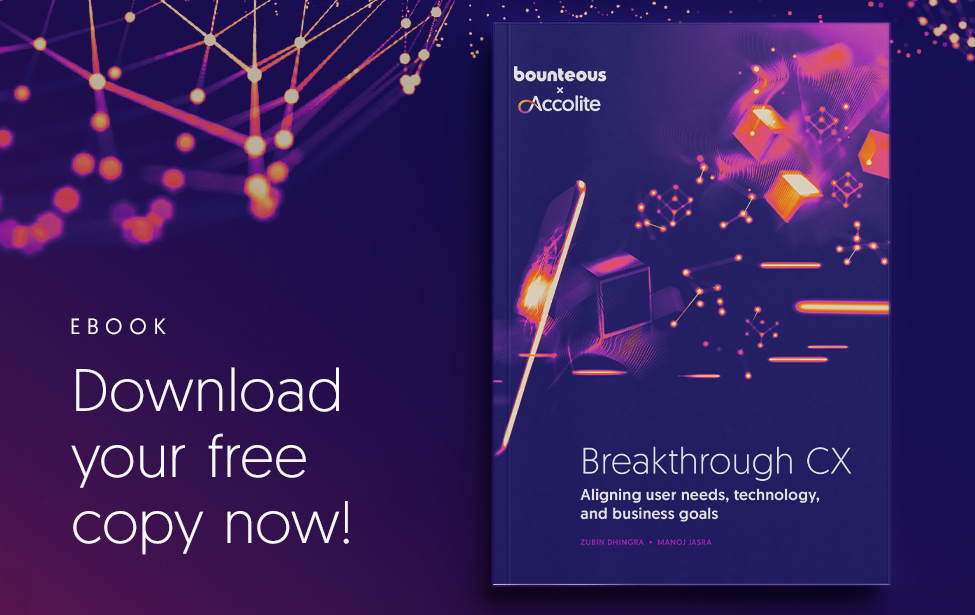Collaboration by Design
“Collaboration” is a buzzword that’s perhaps over- and misused by many in the design and advertising community, but underneath the buzz lies a sound concept: Clear, effective communication is often the difference between a success and a project that misses the mark.
Most agencies and brands work well together within our own walls – we wouldn’t last long if we didn’t – but we often fall short as external collaborators. For all the talk about the value of close-knit working relationships between agency and client – sketching together, sharing a laugh during a critique, closing each meeting with a handshake and a smile – the reality rarely lives up to the marketing.
But when put into practice, sound collaboration can be a major difference-maker for all parties.
It improves an agency’s relationship with its clients and mitigates inefficient wheel spinning. It gives the client more influence over the final product. And it makes the work better.
We can accomplish this by pivoting from the typical creative model – client delivers brief, agency creates, client critiques creative – in favor of a more inclusive process.
Here’s how we get there.
1. Workshops
Start a project with a robust discovery process, including work sessions that bring agency leads together with client stakeholders. Together, talk about the real challenges the brand in question is facing, discuss the competition, define the audience, and identify preliminary solutions. This provides a strong, mutually agreed upon foundation to work from.
Additionally, devote time to, together, sketching wireframes and brainstorming messaging. This activity is especially important. There’s a tendency, among agency subject matter experts, to shut non-experts out of their creative process. This is an outmoded approach. We all benefit from expanding the circle of idea generators and taking fuller advantage of the insight and brand expertise of clients.
2. Rapid Prototyping
The agency should hit the ground running on projects, so it can quickly get something built for critique and refinement. This speed can be a challenge. Many creatives are accustomed to sitting with and finessing an idea until it meets their standard. But the advantages of working fast are numerous. When a team produces something tangible to test – and puts it in front of the client group – it facilitates a deeper, and shared, understanding of the experience. Together, the client and agency team can give the experience a test drive, and make a quick determination of whether they’ve found a workable solution, or need to go back to the drawing board. This prevents the project from heading too far down the wrong path and, in conjunction with step number three, gives clients more insight into and influence over the ultimate deliverable.
3. Frequent Check-ins
The agency and client teams should meet regularly. This gives the agency the opportunity to get early drafts of creative in front of the client team, and gives the client team the chance to identify what they love, nix what they don’t, and feel more confident in the project. Working together in this way gives clients the ability to see their ideas come to life – often in real-time – in the experiences, the respective teams are cocreating.
There’s an additional benefit here as well: When a client feels more ownership over a project, it simplifies the approval process. The client team is suddenly in possession of work they believe in, because they helped author it. Rather than acting as critics of an idea, clients become external advocates for the work. It becomes theirs too.
Opening up the creative journey to this broader range of perspectives is the right thing to do. Responsibility for a project is shared between client and agency, and processes like the above affirm and reinforce that partnership. It gives agencies a clearer picture of what the target is. And clients the opportunity to steer the work in a direction that better suits their needs.
It’s a process that rests on a simple premise.
We’re smarter when we work together.


